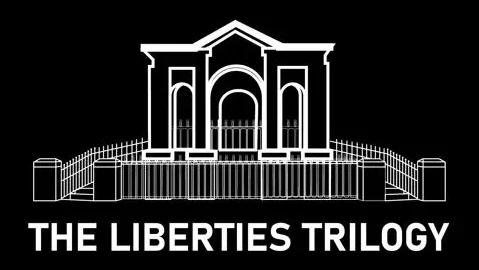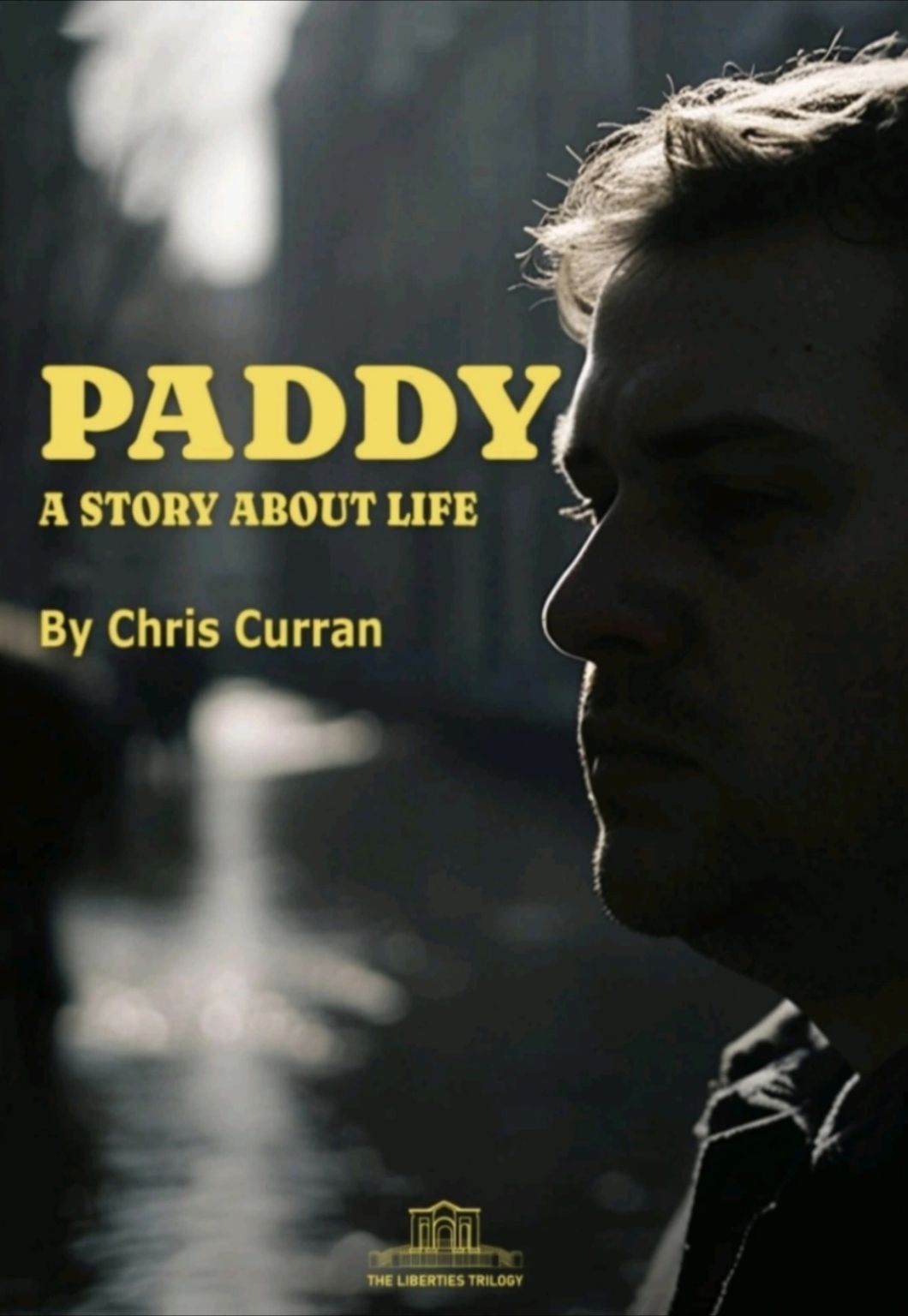One of the most innovative and emotionally resonant features of Paddy, the first novel in The Liberties Trilogy, is its use of music—not just within the story, but as a literal, curated soundtrack. Paired with a Spotify playlist that readers can experience alongside the novel, the music of Paddy does more than set a mood. It becomes a character in its own right—evoking memory, emotion, and identity.
Here’s how music deepens the narrative and helps us truly feel Paddy’s world.
Music as a Time Machine
The soundtrack immediately pulls readers into the 1980s—a turbulent, transitional time in Ireland and across Europe. Tracks from artists like The Smiths, U2, Sinead O’Connor, and Echo & the Bunnymen do more than reflect the era—they anchor it. The moment a certain song begins to play, we are transported to smoky bars, backseat taxi rides, cramped flats, and dark club corners where so much of Paddy’s life unfolds.
These songs are not background noise—they’re emotional markers. They signify first kisses, last goodbyes, dangerous nights, and fleeting moments of hope.
Sound as Emotional Subtext
Paddy himself rarely says what he’s feeling. His inner world is guarded, fragmented, often repressed. But the music he listens to—and that which plays around him—does the talking.
A Joy Division track can suggest the depression he won’t name. A gentle ballad playing in a bar might reveal a softer memory buried beneath his hardened surface. And the silence that follows a song? That often says even more.
The soundtrack becomes a language of its own, bridging what’s spoken and unspoken.
The Soundtrack as Shared Experience
For readers, especially those who lived through or know the 1980s intimately, these songs don’t just belong to Paddy—they evoke their own personal memories. That’s part of the magic.
Hearing a particular track while reading a chapter can make the narrative feel uncannily personal. The story becomes more immersive, more tactile, more lived-in.
It also turns Paddy into more than a book—it becomes a shared cultural experience. You’re not just reading the character’s journey—you’re walking beside him, headphones on, past and present colliding.
Why This Matters
So often, novels that take place in past decades rely on visual nostalgia. Paddy does something different—it uses sound to stitch together place, emotion, and memory. It’s an honest, intimate technique that draws readers deeper into the narrative.
And it reinforces one of the novel’s core ideas: that music often says what we can’t. That songs are sometimes the only way to hold on to something—someone—we’ve lost.
Final Thoughts
The use of music in Paddy is not a gimmick. It’s a creative choice rooted in deep emotional truth. Just like the story it accompanies, the soundtrack is messy, beautiful, painful, and unforgettable.
If you haven’t already, listen to the official Paddy playlist on Spotify as you read. Let the music guide you through the silences between sentences. Let it take you where words alone might not.


